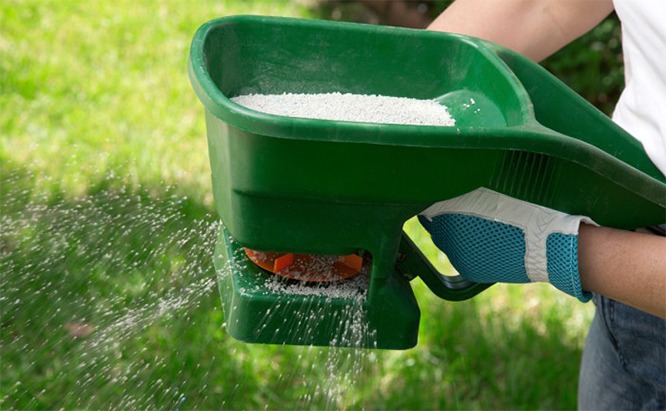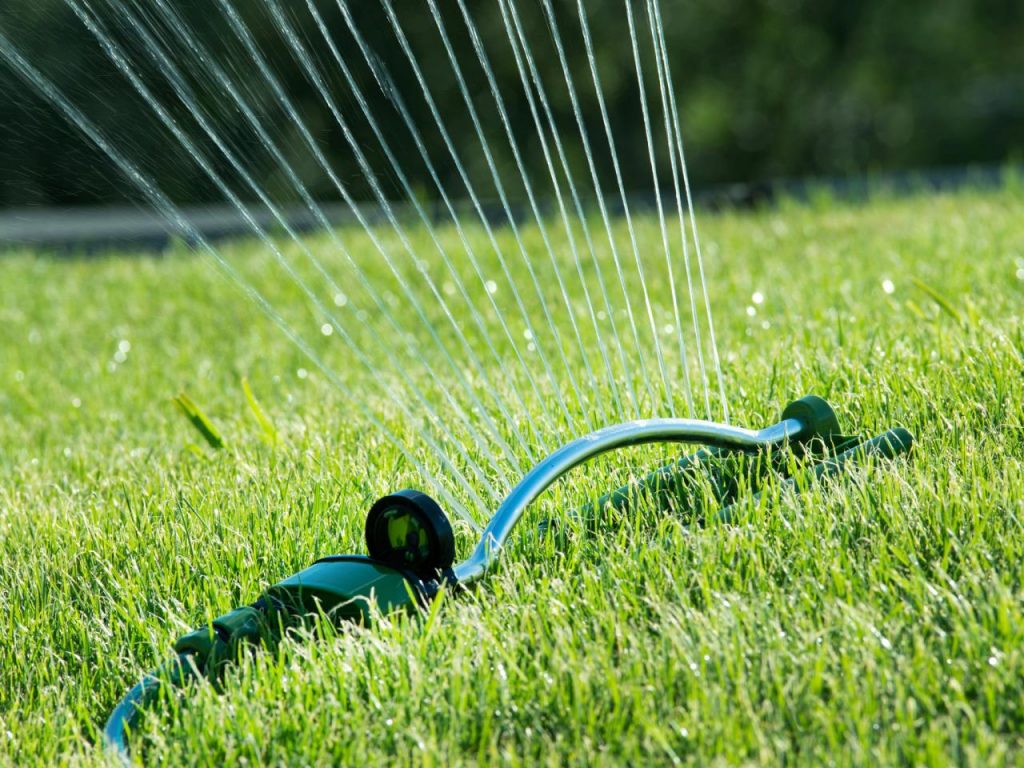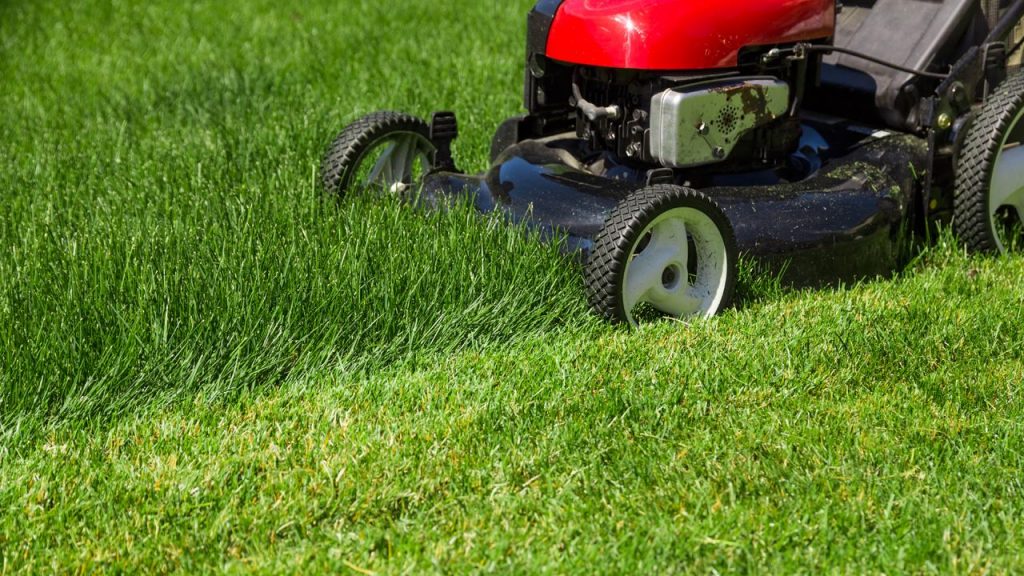For better turf health and an improved visual appearance, new lawns, whether created by sodding or seeding, need to be mowed. Mowing can easily damage your lawn at the incorrect time and pace. Should you immediately mow it after planting a new sod for your lawn? Not yet.
Before it is good enough for mowing, a freshly planted sod requires a specific quantity of fertilizer and water over some period as mowing fresh sod quickly can lead to serious problems. You need to know when to mow sod to get a good start on your grass. Here’s a guide on how to mow fresh sod and why adhering to the waiting time is important.
Fertilize Before Mowing

You will need to make sure it gets the correct fertilization after laying fresh sod. If you have no idea how to fertilize your grass properly, Royal Sodding can help you maintain your lawn. We have a fantastic all-around nutrition program that will help you get a healthy start from your sod.
Watering Before Mowing
You need to ensure that it stays well watered until you mow freshly planted sod for two weeks after installation. The watering should start right after sod installation, and for the first two weeks, it should be done three-five times a day.
To keep the lawn properly moist and spongy, ensure that you water the sod up to a depth of four-six inches. By raising up the corner of a single sod, you can decide if you’ve watered to the required depth.

Established Roots Before Mowing
A minimum of two weeks after installation is the best time to mow fresh sod. This waiting period is intended to allow the roots to develop and become strong in the soil. Set the mowing height higher than you normally want to leave enough leaf surface for sufficient photosynthesis when cutting the grass.
The newly installed root system is narrow. It will, therefore, take some time before it gets rooted firmly in the soil. But how do you decide whether the roots have been adequately established? Just pull a part of the sod gently. If resistance can be felt, then it’s probably reading for mowing.
You must check all parts of the newly built sod, which is typically mounted in a brickwork pattern. Make sure each region has a strong grip on the land. You can continue watering until the roots have been firmly formed in the topsoil if there are areas that do not have resistance to pulling.
Mowing Height for New Sod

With each turfgrass species varying in length and quantity, various turf grasses have different prescribed mowing heights. For example, when cut at very low heights, Kentucky bluegrass and fine fescues do not produce adequate leaf mass, so they should be mowed at around 1.5 to 2 inches when they are still new sod, which is relatively high.
On the other hand, bunch-type sods such as Tall fescues and ryegrass produce only enough leaf mass to allow 2 to 3 inches of new sod to be cut into heights. It will help your lawn grow thicker and fuller to find the right mowing height, preventing bare spots and weed competition.
Mowing The Lawn
On average, after 12 to 14 days, a properly installed sod is safe enough for mowing. Now, you have to stop watering the area a day or two before the fresh sod is mowed. This makes it possible for the soil to become solid enough for both walking and mowing practices. In a mowing period, never mow off more than 1/3 of the blade. For the plant, this results in less tension.
You will restart irrigation after mowing the fresh sod for the first time—water the sod for a week, at 8 AM. In comparison to several waterings per day before mowing, you can only water the sod once a day.
You have to change your watering routine again after you have mowed the sod for the second time. This time, at 3 in the morning, you have to water the sod once every two days. To do this, you must wake up early, but it’s important. Likewise, depending on the season of the year, it is up to you to further change the irrigation pattern.
For the lawnmower type, you should not use a zero-turn mower or a riding lawn mower for the first four mowing operations. Both of these lawnmowers are heavy and have wheels that could have a negative effect on the new sod development.
In conclusion, it takes a little patience to mow fresh sod. Remember to sharpen the blades of the lawnmower and pay attention to the temperature and the optimal height of the grass. If you do it right, in the long run, you will have a fantastic lawn.


